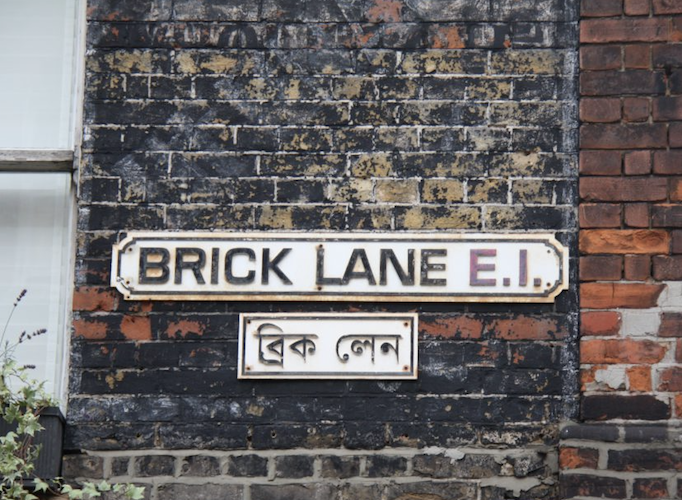A copy of The Mapmakers of Spitalfields has been on my shelves for years, waiting for me to stop noticing yet guiltily ignoring it. In a spirit of New Year’s resolve, I set about actually reading the collection of seven short stories by Syed Manzurul Islam – Manzu for short – first published in 1997. Well, reading some of them. Despite the book’s East End title, only some of the stories are about London. Readers will be shocked to learn that those are the ones that interest me.
The book’s title is the same as that of one of the stories – a story about an enigmatic character called Brothero-Man, who roams Brick Lane and its side streets, hanging out with malodorous poets, entertaining children, bad-mouthing shopkeepers, wearing a suit, shoes and “broad-brimmed felt hat” of a single colour, and communicating in a bespoke language through teeth of gold: “Good morning-Salaam. Welcome, brothero, how do you do-doo, brothero?”
Brothero-Man is a mystery even to those who know and most often encounter him. He prompts speculation about his origins and sanity. He also inspires protectiveness. The story opens with “two blond men in white overalls” and “purposeful red doc-martens” bursting into the teeming Sonar Bangla café, demanding to know his whereabouts, but meeting a wall of non-cooperation. Anyone who recalls or has read about about the menacing of Bengali Londoners by National Front skinheads in the 1970s will spot the allusion.
The story’s first-person protagonist proceeds to look for Brothero-Man, wanting to warn him about his pursuers. Through his search, the author vividly evokes the smells, sights and moods of Spitalfields in the later decades of the last century, name-checking Fashion Street, Commercial Street and Hanbury Street, describing a “zone of spices”, “the mannequins in a brightly-lit sari shop”, a youth club where pool tables and “the wacko guy Jacko ruled the scene”, and local “boys in leather jackets…patrolling the streets against the raiders of the night”.
Brothero-Man is described as engaged in “secret map-making”. The ways of the higher literature are often wasted on me, but I deduce his wanderings are a sort of fantasy metaphor for the Bengali experience in London over time, a community establishing itself, re-making the cultural map of the capital against the odds, including violent intimidation. There is a trick ending that I won’t give away.
The author was born in East Pakistan, the region that would become Bangladesh. He later attended the University of Gloucestershire and is described by the book’s publisher, the Leeds-based Peepal Tree, as having worked as “a racial harassment officer” during the “Paki-bashing” era. The book’s opening story, entitled Going Home, explores the ruminations of a group of friends trying to decide whether to stay in London, “our city”, or to “return” to a place of rest which, in the rainy seasons, could only be reached by boat. There is nostalgia, though, for a disappearing London too. “Pity there are so few bowler hats these days. They look so exotic, don’t you agree?”
The Mapmakers of Spitalfields can be purchased directly from Peepal Tree Press HERE. They also provide a commentary by Debjani Chatterjee. John Vane is a pen name used by On London publisher and editor Dave Hill for sketches and fiction. Buy his London novel Frightgeist: A Tall Tale of Fearful Times. Follow him as John on X/Twitter.

